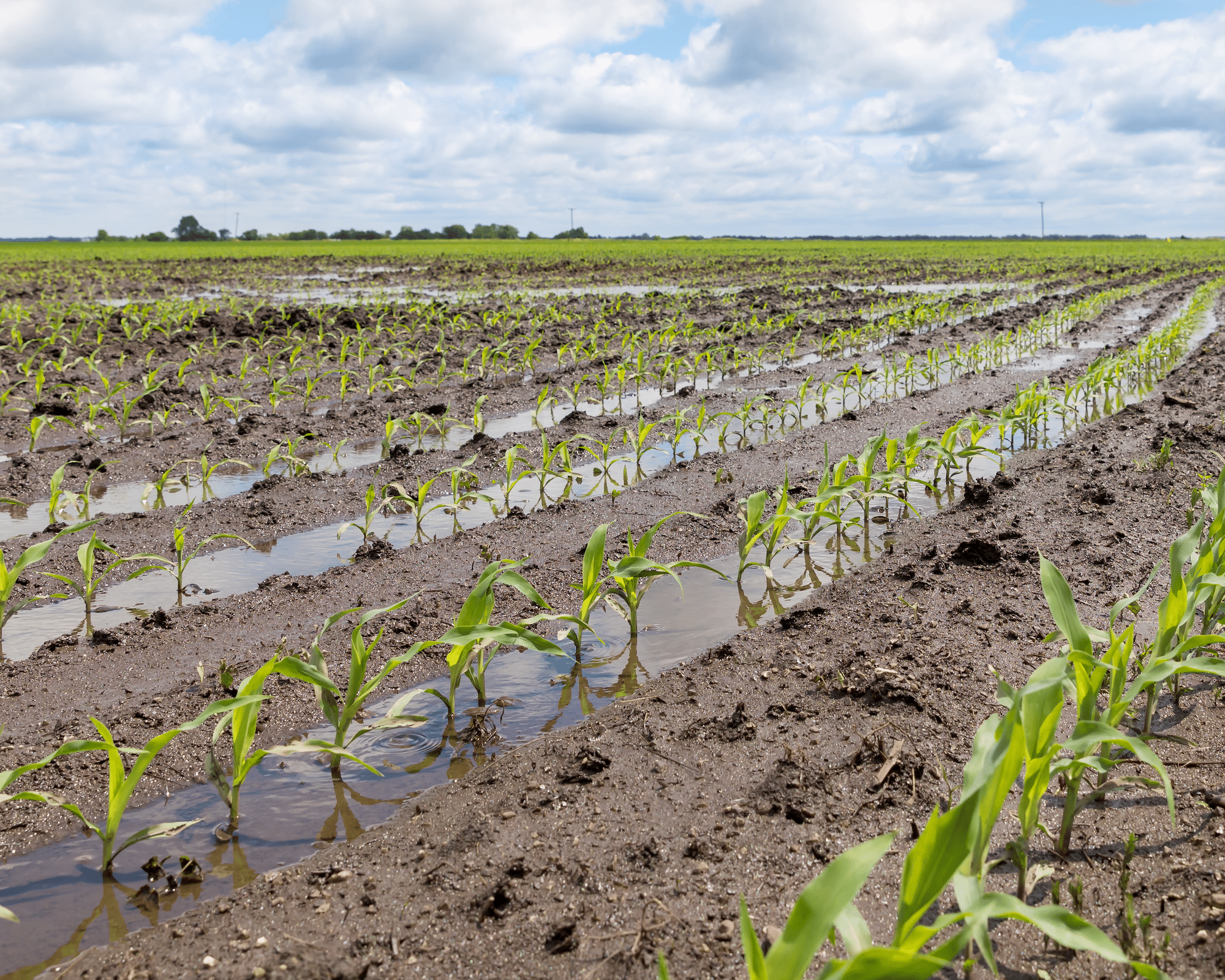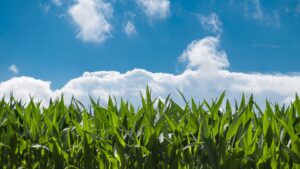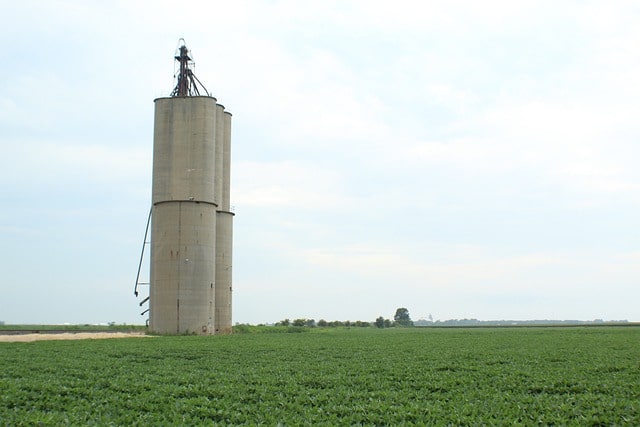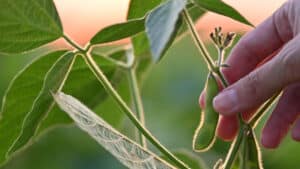After the weather battle this spring, seed companies deploy their “Plan Bs,” or risk management strategies, to ensure a strong 2020 seed crop for farmers.
U.S. farmers trying to plant corn and soybeans in the spring of 2019 felt many things, from angst and anger to helpless and hopeless, from April to June and even into July, as Mother Nature clamped down.
Foreshadowed by the wettest winter recorded in the United States and the coldest since 1895, meteorologists knew this would be a tough spring. As the rain came down, compounded by a melting snow pack, the days to plant washed away. As those days became weeks, farmers saw their opportunity to make a profit on already narrow margins go down the drain.
Research shows that as planting gets pushed back, yields decline. How much and how fast depends on location. In Missouri, corn yields on average don’t start to decline until the first three weeks of May. By June 19, farmers could see as much as a 40% yield loss right out of the gate, according to the University of Missouri’s William Wiebold, an Extension agronomist.
Last year, 96% of the U.S. corn crop was planted by June 2; at that time this year, 67% was planted, according to the U.S. Department of Agriculture’s (USDA) Crop Progress report. Soybeans planted by June 2 stood at 39%, whereas last year it was 86% with the four-year average at 79%.
At the beginning of August, USDA didn’t have the final number of prevent plant acres, but the expectation is a possible record-breaker with the expectation of 8 million acres for corn and 3 million acres for soybeans. Just as the rain did, prevent plant claims continue to pour in.
“When we look at dollars, I’ve said we can have excess of a billion dollars,” says Bill Northey, USDA Under Secretary for the Farm Service Agency’s Farm Production and Conservation department.
The spring of 2019 is one farmers want to forget, but is one for the books.
While farmers will take a hit this year, those in the seed business have been dealing with the same planting struggles to get a crop in the ground and wrangling with what it all means for next year’s seed crop.
Top-of-mind for Tim Glenn, Corteva Agriscience chief commercial officer, is customers and working with them through the challenges, most recently planting.
“We’ve spent the past several months working with customers to make sure they have the right product to meet their needs,” Glenn says. “We’ve seen a lot of shifting of maturities, and potentially shifting from corn to beans, and it’s a continuation of challenges that we are seeing in the U.S. market from low commodity prices to trade disruptions — that’s really put a lot of pressure on our customers.”
When it comes to seed production, Corteva has a large footprint, and Glenn says they’ve been working to manage it dynamically.
“Between corn, soybeans and other crops, the company has around 40 U.S. production locations,” he says. “We’ve got a lot of geographic diversity, but there were also large areas impacted.
“We were fortunate that we could adjust where seed was being produced. We made some acreage shifts, but we were able to get our crop planted at a reasonable time and have good expectations for the yields.”
Glenn explains they contract with farmers and deal with the same challenges as their customers.
“We’ve got longstanding relationships with farmers, so if we need to do some flexing and go out and try to acquire acres, we can,” Glenn adds. “We also have a good history with our genetics, so we understand where products are going to perform well.
“Obviously, we are trying to get our seed produced in the areas where they have the highest probability of success, reliability, yields and good quality. We are taking all those factors into effect. We got to use all of our 90-plus years of experience and knowledge all in one season, it felt like.”
Tyler Uhe, Bayer soybean line product manager, says this has been one of the most challenging planting seasons many have experienced in a long time.
Unique to most years, he says, “this is across the country; very few areas are sheltered from these challenges.”
He explains that every year, Bayer builds out a production plan for what it intends to sell the following season. In that, he says they incorporate a level of risk management.
“One of the advantages that we have is the ability to plant a seed crop for corn and soybeans across a vast maturity and geography range,” he says. “As of now (June), the company is on target with its plan to deliver a good 2020 crop.
“We’ve been working very closely with producers to make sure we are prioritizing the right fields at the right time. There’s no specific manual we’ve got to operate from when it comes to working with seed growers. We allow for that local autonomy for each site, because everybody’s challenges are different.”
During the planting season, Uhe says their local teams get information from growers daily and then they get weekly updates, as well.
It’s the close contact with growers and continuous evaluation of a plan, with plenty of Plan Bs, that allow companies such as Corteva Agriscience and Bayer to manage production and get farmers the seed they need for the following season — hopefully one that’s much less challenging.












